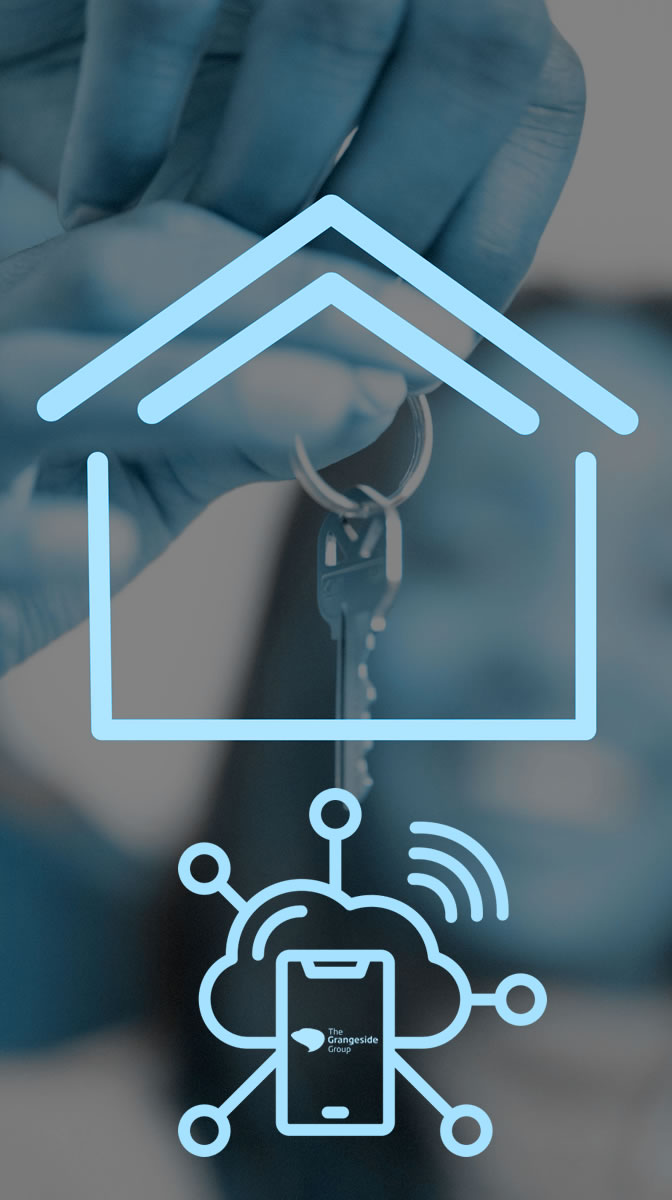Transforming Tenant Experience: A Technology Guide for Local Authority Trading Companies
In today’s digital age, Local Authority Trading Companies (LATCOs) have unprecedented opportunities to enhance tenant services through strategic technology deployment. This comprehensive guide explores how LATCOs can leverage technology to improve tenant satisfaction, operational efficiency, and property management.
Digital-First Tenant Services
-
Tenant Portal Technology
Modern tenant portals should offer:
- Rent payment and statement viewing
- Maintenance request submission and tracking
- Document storage and access
- Community updates and announcements
- Direct messaging with property management
- Booking of communal facilities
- Utility consumption monitoring
- Digital tenancy agreement signing
-
Mobile Applications
Dedicated mobile apps can provide:
- Push notifications for important updates
- Emergency maintenance reporting with photo upload
- QR code access to communal areas
- Real-time service status updates
- Community event calendars
- Local service directory
Smart Building Integration
Property Management Systems
- IoT sensors for preventive maintenance
- Smart heating and cooling management
- Automated meter readings
- Access control systems
- CCTV integration with AI analytics
- Smart parcel lockers
- Digital notice boards
Energy Efficiency
- Smart meter integration
- Real-time energy usage monitoring
- Automated temperature control
- Solar panel performance tracking
- Water leak detection systems
- Waste management optimization
Communication and Community Building
Multi-Channel Support
- 24/7 chatbot assistance
- Video call support options
- WhatsApp integration
- Social media presence
- Community forums
- Multi-language support
Digital Community Engagement
- Online resident forums
- Virtual community meetings
- Digital voting on community decisions
- Shared resource booking systems
- Local business directory integration
- Community event management
Data-Driven Property Management
Analytics and Reporting
- Predictive maintenance scheduling
- Tenant satisfaction tracking
- Service response time monitoring
- Energy efficiency analysis
- Occupancy pattern analysis
- Cost optimization insights
Compliance and Safety
- Automated safety check scheduling
- Digital compliance documentation
- Fire system monitoring
- Air quality sensors
- Accessibility feature monitoring
- Security incident tracking
Implementation Strategy
Phase 1: Foundation (0-6 months)
- Deploy basic tenant portal
- Implement digital payment systems
- Enable maintenance request tracking
- Set up document management system
Phase 2: Enhancement (6-12 months)
- Launch mobile application
- Install smart meters and sensors
- Implement chatbot support
- Deploy community engagement tools
Phase 3: Innovation (12+ months)
- Integrate IoT systems
- Deploy predictive analytics
- Implement AI-powered services
- Enable full smart building features
Success Metrics
Key Performance Indicators
- Tenant satisfaction scores
- Maintenance response times
- Energy efficiency improvements
- Portal adoption rates
- Cost savings achieved
- Community engagement levels
Best Practices for Implementation
-
Tenant-Centric Approach
- Conduct tenant surveys before implementation
- Provide multiple training options
- Offer ongoing support
- Maintain alternative access methods
- Regular feedback collection
-
Staff Training and Support
- Comprehensive training programs
- Technical support documentation
- Change management guidance
- Regular skill updates
- Performance monitoring
-
Data Security and Privacy
- Robust data protection measures
- Regular security audits
- Clear privacy policies
- Secure authentication methods
- GDPR compliance
Cost Considerations
Investment Areas
- Initial software licensing
- Hardware infrastructure
- Integration services
- Training and support
- Ongoing maintenance
- System upgrades
Return on Investment
- Reduced operational costs
- Lower energy consumption
- Improved staff efficiency
- Decreased maintenance expenses
- Enhanced tenant satisfaction
- Increased property value
Conclusion
Technology investment in tenant services is no longer optional for LATCOs. The key to success lies in strategic implementation that prioritises tenant needs while delivering operational efficiency. Start with foundational systems and gradually build toward a fully integrated smart property management solution.
Remember that technology should enhance, not replace, human interaction. The goal is to provide tenants with more convenient, efficient services while maintaining the personal touch that builds strong communities.
